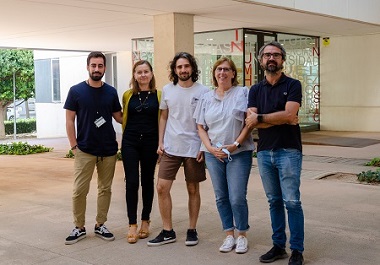Body-fat sensor triggers ribosome maturation in the steroidogenic gland to initiate sexual maturation in Drosophila
Fat stores are critical for reproductive success and may govern maturation initiation. Here, we report that signaling and sensing fat sufficiency for sexual maturation commitment requires the lipid carrier apolipophorin in fat cells and Sema1a in the neuroendocrine prothoracic gland (PG). Larvae lacking apolpp or Sema1a fail to initiate maturation despite accruing sufficient fat stores, and they continue gaining weight until death. Mechanistically, sensing peripheral body-fat levels via the apolipophorin/Sema1a axis regulates endocytosis, endoplasmic reticulum remodeling, and ribosomal maturation for the acquisition of the PG cells’ high biosynthetic and secretory capacity. Downstream of apolipophorin/Sema1a, leptin-like upd2 triggers the cessation of feeding and initiates sexual maturation. Human Leptin in the insect PG substitutes for upd2, preventing obesity and triggering maturation downstream of Sema1a. These data show how peripheral fat levels regulate the control of the maturation decision-making process via remodeling of endomembranes and ribosomal biogenesis in gland cells.

 Español
Español


